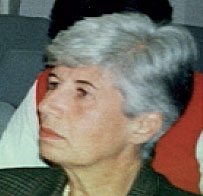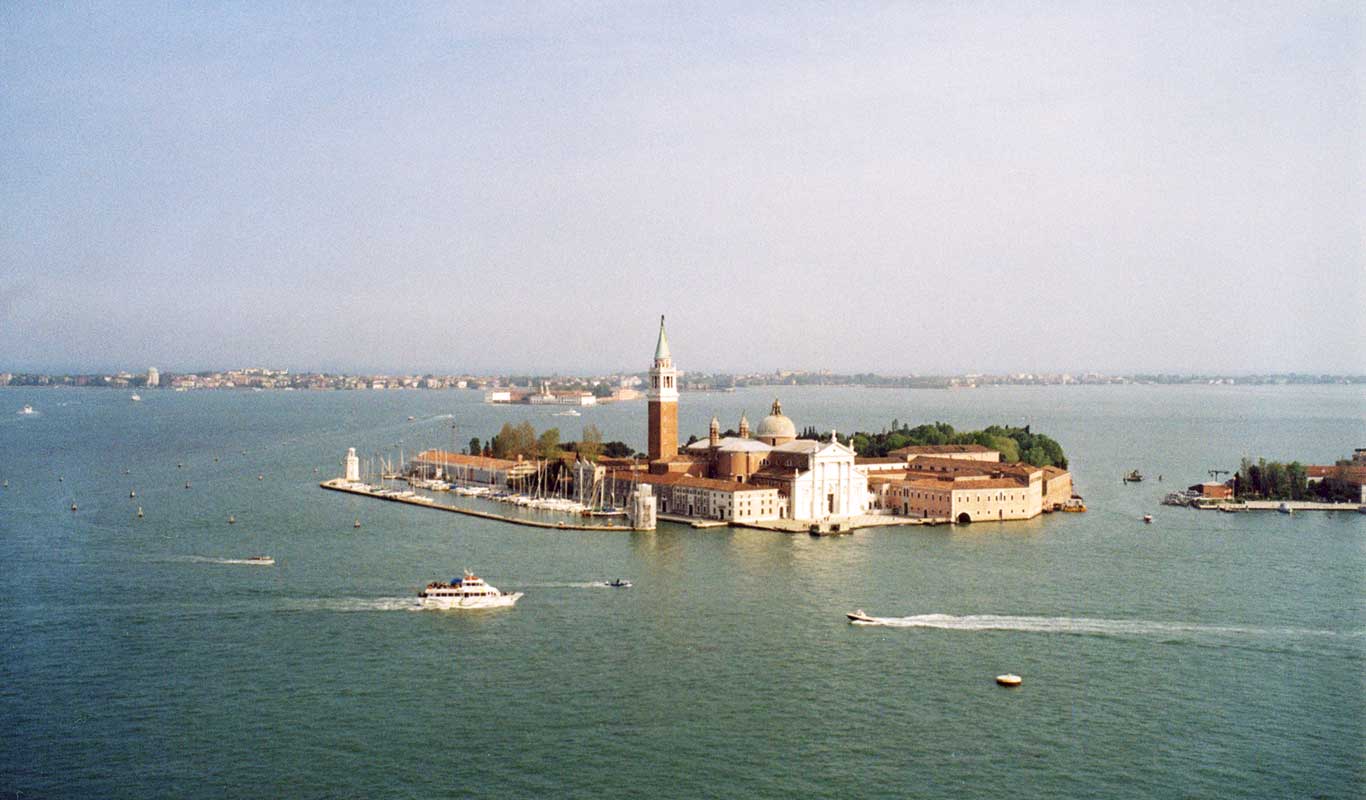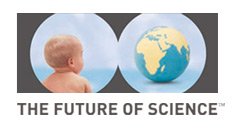Enrica Galli

Full Professor of Microbiology at the University of Milan from 1980. Prof.Galli has covered several positions at national and international level: Director of the Department of Biomolecular sciences and Biotechnology, Director of Doctorate School in Cell and Molecular Biology, President of the Italian Society for General Microbiology and Biotechnology, Member of the Executive Committee of European Federation of Biotechnology, Member of the Academic Senate of the University of Milan,Coordinator of the Laurea Course in Industrial and Environmental Biotechnology,Member of the International Board for Pseudomonas meetings,Member of the European Environmental Research Organization, member of several international evaluator panels . She has founded and still coordinates the Research Unit of Microbial Molecular Genetics and Biotechnology at the Department of Biomolecular Sciences and Biotechnology.The main scientific fields of interest have been concerned with the catabolic diversity of environmental microorganisms and their role in the decontamination processes and in the prevention of environment pollution ,through the characterization at biochemical and molecular level of different hydrocarbon catabolic pathways and the development of selected microorganisms for biotechnological applications such as bioremediation of polluted soils and bioconversion of hydrocarbons to obtain fine chemicals as an interesting alternative to chemical synthesis.
The diversity of the microbial world: a challenge for the future.
Microorganisms are the most versatile and adaptable forms of life on Earth, and they have existed here for some 3,5 billion years. For the first 2 billion years of their existence ,bacteria alone ruled the Biosphere, colonizing every accessible niche from glacial ice to the hydrothermal vents of the deep sea bottoms
What they did?
-Developed the major catabolic pathways characteristic of all living organisms today
-Changed earth transforming its anaerobic atmosphere to one rich of oxygen
-Created an environment to sustain more complex forms of life
-Have evolved an incredibly sophisticated way of managing their genetic and enzymatic content in response to environmental signals and compounds
The microbial world is the largest reservoir of enzymatic activities in the Biosphere, although more than 95% of it still remains unexplored because of their poor culturability of its constituents
Microorganisms possess not only the largest share of existing biodiversity, they also have the ability to most rapidly create new one. We know of about 2 million species of animals,0,5 million species of plants and 0,3 million types of microorganisms. But while microorganisms are the weightiest contributors to our planet’s biomass ,we know only a minute percentage of the entire profile of microbial species and their activities.
The number of new genes which are discovered every year as result of the ongoing massive metagenomic sequencing projects has not yet reached a plateau. We are thus in a time of documentation that the main drivers of our planet are the microorganisms and that only they can provide us with the means of moving human history and economy to the next stage.
So learning more on microbial diversity allows us to explore the frontiers of knowledge about the strategies and limits of life and the potential application of microbial resources for biotechnological applications.
Some of these will be discussed as an example of the challenges for the future; in particular the attention will be given to the search for new antimicrobial compounds, the role of microorganisms in the development of green chemistry and high added value metabolic engineering as well in the removal of toxic compounds from polluted environment, the microbial production of sustainable biofuels from renewable sources.





